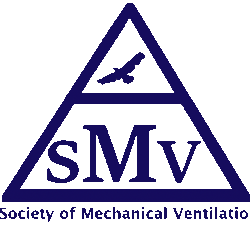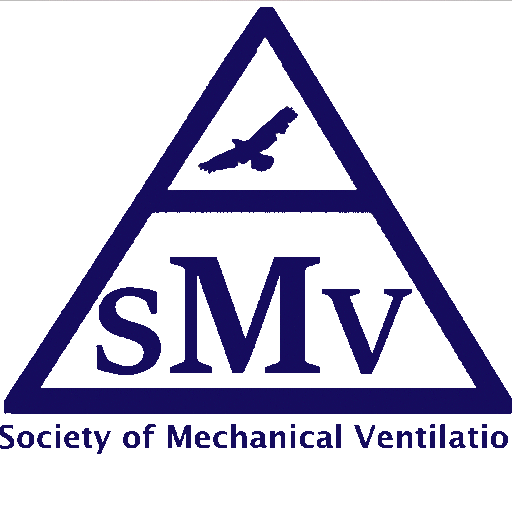
The science of mechanical ventilation has come a long way over the last three to four decades. Our understanding of the pathology of diseases, respiratory mechanics, and the technology has grown substantially.
With the development of microprocessors, numerous new “smart” and “intelligent” modes have been developed with the hope of improving our goals during mechanical ventilation of safety, comfort, and liberation.
No doubt, this is not the end of the road, matter of fact it might be just the beginning. So it is time to stop and ask ourselves multiple question.
Are those new modes really better than the older modes ?
What do we need from any new mode ?
What else we need from the new generation ventilators ?
How much intelligent we want the ventilator to be ?
Are those new modes really better than the older modes ?
You might agree or disagree with me, but our mortality from severe respiratory failure remains unacceptably high enough and has not decreased significantly over the last 2 decades. Our failure to wean or liberate our patients from mechanical ventilators has not changed much either. Thus my opinion is no, we are not doing much better with the currently exciting modes. To be fair, we can not blame the new modes as our current mortality data are not calculated using the new modes, and the studies comparing those modes to the “old conventional modes” are few and small.
What do we need from any new mode ?
No doubt we need a safe mode that minimizes lung damage through reducing “ventilator induced lung injury”. The problem with that is we still can not agree on what injures the lung, is it the applied pressures (Driving pressure/PEEP), the trans-pulmonary pressure, the tidal-volume, most likely a combination of all. In reality and in my pessimistic opinion, is we will never be able to eliminate ventilator induced lung injury. Why not? The fact is our lungs which is the largest organ in our body is very heterogeneous both in health and more importantly in disease. We might be protecting a part of it while simultaneously hurting another part, unless we can ventilate each subsegment of the lung, or each alveoli independent of its neighbor one.
That is why, the one hat fits all strategy in each disease will not work. All what we can do with what we have now is an individual to individual approach to mechanical ventilation, based on specific monitoring, and interaction with the patient.
We need a mode that can liberate the patient faster, and keep him off the ventilator longer. Currently multiple modes started to exactly do that. The studies and data remains small and not very convincing.
We need a mode that can change it’s input breath by breath based on the patients’ actual respiratory mechanics and how they are interacting with the ventilator to reduce patient-ventilator asynchronies. Currently we have those intelligent modes that can monitor the respiratory mechanics and adjust its inputs but they do so according to the clinician set parameters. Those parameters are usually pressures, volume, respiratory rate, etc. Not good enough, we need the changes to be according to physiologic respiratory mechanics.
What else we need from the new generation ventilators ?
As above, a mode that really interacts with the patient. I believe we need more monitoring, more of a multi-modality monitoring that would be integrated in the decision making process and the feedback loop of the mode.
The ventilator graphics (volume, pressure, flow), the loops (pressure-volume, flow-volume), oxygen saturation, end-tidal carbon dioxide are all great information the ventilator monitors for us. Are those enough ? Absolutely not.
Accurate respiratory mechanics monitoring are crucial. Measuring patients’ muscle efforts or lack of are very important and usually ignored. Older and fairly newer technologies like esophageal balloon manometry, Electrical Impedance Tomography adds much more information that we really need. I believe every new ventilator should have those monitoring technologies. The question is, are we clinicians will be able to absorb all those information and apply them to the benefits of our patients ?
How much intelligent we want the ventilator to be ?
My opinion in answering that question, is yes we need the ventilator to be much more intelligent. Some fear that the ventilators will turn into the “Terminator”. They will be so independent and does not need a human clinician and we will all loose our jobs. I do not believe that scenario. Physicians and respiratory therapists are already overwhelmed and considered hot commodities, especially in the COVID-19 era.
We need an intelligent friend who is monitoring and managing the patient in an intelligent, knowledgeable, safe way breath to breath.
Artificial intelligence (AI) is the answer. It can process much more information than humans, act faster.
In conclusion, the future of mechanical ventilation is very interesting and exciting. We are just starting to scratch the surface, and lots more great things to come. Soon we will be looking back and saying wow did we really used to do that in the early 21st century. So stay tuned.
Ehab Daoud

